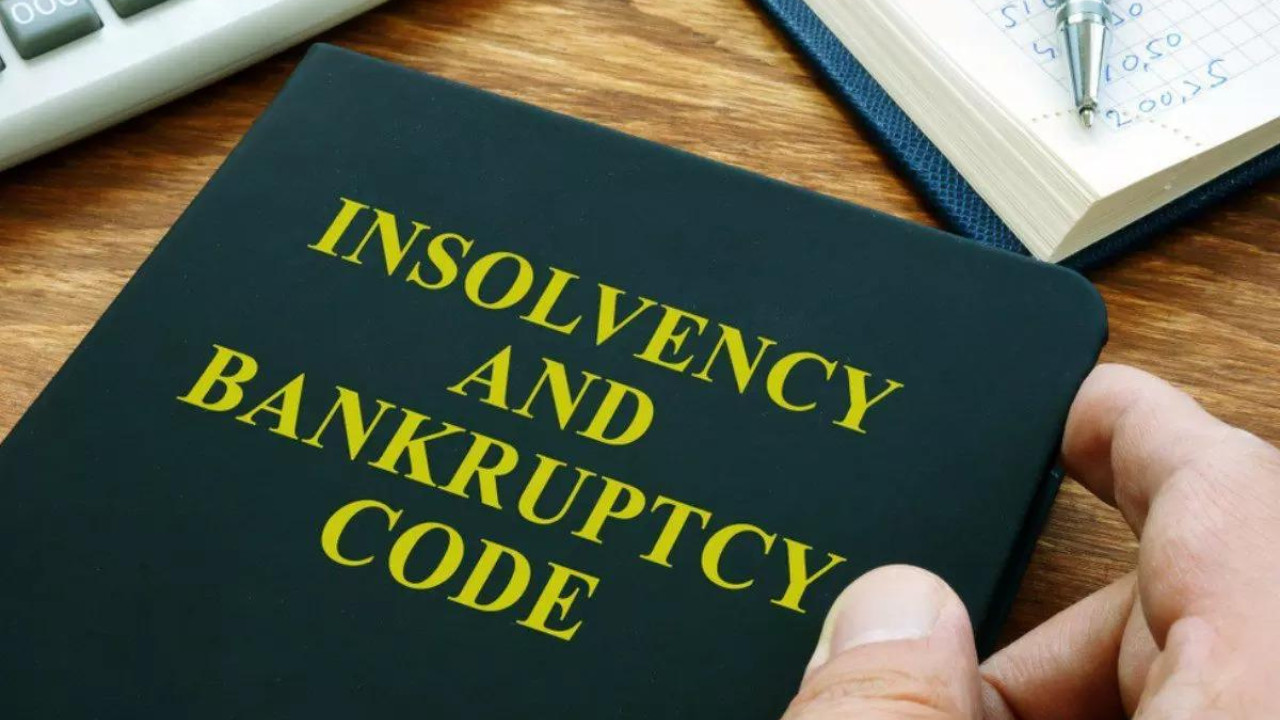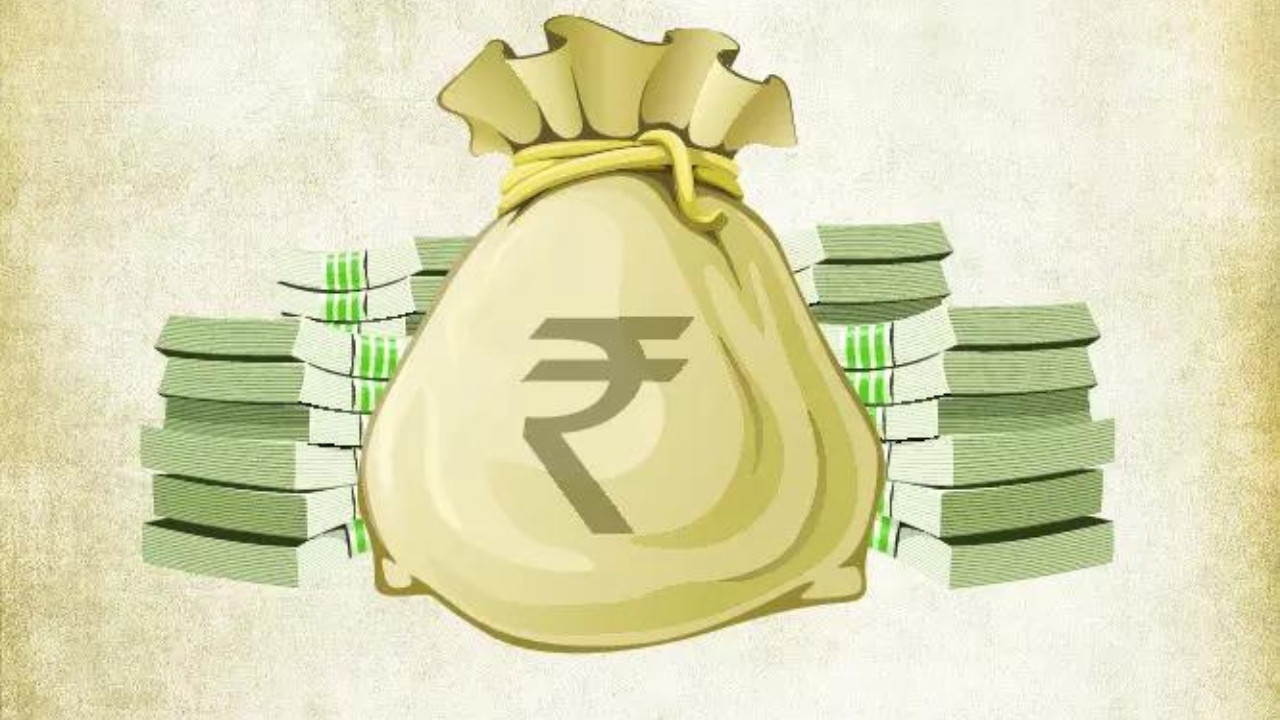India’s economic activity presented a mixed scenario in June, following a notable slowdown in May. While electricity demand showed signs of recovery, vehicle registrations weakened. The May slowdown was attributed to a weaker performance in core sectors like electricity generation and rising unemployment, though some indicators like two-wheeler production and petrol consumption offered stability.
Navigating India’s Economic Currents: A Mixed Bag of Signals
India’s economic landscape feels a bit like navigating a ship through choppy waters. Some sectors are riding the waves with confidence, while others are struggling to stay afloat against the current. The latest data paints a picture of an economy sending out mixed signals, particularly as we look at activity levels in June. Let’s dive into what’s happening beneath the surface.
We’re seeing a divergence, a split in performance that demands a closer look. While certain areas demonstrate resilience and even pockets of robust growth, others reveal vulnerabilities that could impact the overall economic trajectory. This isn’t a straightforward boom or bust scenario; it’s a nuanced situation that requires careful analysis.
Uneven Performance: Decoding the Sectoral Story
The ICRA report highlights that some key sectors faced headwinds in June. This immediately prompts the question: what’s causing the slowdown? Is it a temporary blip, a seasonal adjustment, or something more fundamental? To fully grasp the implications, we need to unpack the specific challenges faced by these industries. Construction activity, for instance, often slows during monsoon season.
But even accounting for seasonal factors, some sectors appear to be facing genuine obstacles. Supply chain disruptions, fluctuating commodity prices, and evolving consumer demand are all potential culprits. Understanding the interplay of these factors is crucial for crafting effective policy responses and business strategies.
Bright Spots Amidst the Uncertainty
It’s not all doom and gloom, though. Within this mixed bag, there are sectors that continue to shine. The services sector, in particular, often demonstrates dynamism, driven by factors like digitalization and increasing domestic consumption. We see a similar story playing out across related industries.

These bright spots provide a degree of optimism and suggest that the Indian economy possesses underlying strengths. Identifying and nurturing these pockets of growth is vital for counterbalancing the challenges faced by struggling sectors.
Inflation’s Shadow and the Monsoon’s Influence
One major factor casting a shadow over the economic outlook is persistent inflation. Elevated prices can dampen consumer spending and erode business confidence. The Reserve Bank of India (RBI) has been actively working to manage inflation through monetary policy measures. The efficacy of these measures will be crucial in determining the economy’s near-term performance.
The monsoon season also plays a pivotal role. A good monsoon can boost agricultural output, increase rural incomes, and drive demand across various sectors. Conversely, a deficient monsoon can have adverse consequences, exacerbating existing economic challenges. The impact of rainfall on key agricultural states directly affects the disposable income of a significant portion of the population.
Navigating the Future: Strategic Imperatives
Given these mixed signals, what should businesses and policymakers prioritize? First and foremost, a proactive approach to risk management is essential. Companies need to anticipate potential disruptions, diversify their supply chains, and adapt to evolving consumer preferences. Policymakers, on the other hand, must focus on creating a stable and predictable economic environment.
This includes streamlining regulations, fostering investment, and promoting innovation. Targeted support measures for struggling sectors may also be necessary, but these should be carefully designed to avoid creating distortions in the market. Furthermore, investments in infrastructure development and human capital formation are crucial for long-term sustainable growth. For example, enhancing logistics infrastructure to ease supply chain bottlenecks and facilitate trade, similar to the investments described in our article on boosting India’s infrastructure, available [here](internal-link-to-relevant-article).
Decoding India’s Economic Signals: A Call to Action
India’s economic story in June is one of contrasts, a reminder that progress is rarely linear. While some sectors grapple with challenges, others exhibit resilience and potential. Navigating this complex landscape requires a nuanced understanding of the underlying drivers and a proactive approach to risk management. By fostering a stable and supportive economic environment, India can harness its inherent strengths and unlock its full potential for sustainable and inclusive growth. The journey ahead may be challenging, but with strategic planning and decisive action, India can chart a course towards a more prosperous future.







